You are currently browsing the tag archive for the ‘Maassluis’ tag.
Consider Anita . . . 1971,
Camaro . . . 1985, and
Willem Alexander with a forward telescoping wheelhouse, and conclude that short sea shipping of containers has been alive and well for some time now on the Dutch and European waterways, aka the binnenvaart.
Deliver appears to be a semi-submersible barge, here
being pushed by Devotion and overtaken by de Prutser, which might translate as “the brat.” Correct me here if you can.
Hudson, 1939, is the last pre-war ocean-going tugboat in the Netherlands. Here’s a quote from the link in the vessel name: “In May 1940 captain Ben Weltevreden, during the fourth journey of the Hudson, received the news that German troops invaded the Netherlands. Hudson did not return home, because of the German occupation. Throughout the Second World War, the Hudson directed by the Dutch government in exile, served the Allied cause. The tug and her crew have many feats to her name including towing a burning ammunition ship in the port of Algiers. In 1944, as part of the Normandy landings, the Hudson assisted creating an artificial harbor on the coast of Normandy, from where the Allied forces were supplied. In the same year she assisted in Operation Pluto; the construction of a pipeline under the channel for supply of fuel for the allied troops.”
If you can jet across the Atlantic today, you can still catch this event in Dordrecht NL for an event translated as “steam in Dordt,” a festival of mostly immaculately-restored steam vessels. It happens there every second year, so if you don’t make it this year, make your plans for 2026. All these photos were taken either there or on my way to the festival via river taxi.
Roma, 1982 and currently laid-up, is 200′ x 49′.
Sapura Topazio is a pipe/wire layer, appearing to be still under construction along the river. She’s currently working in Brasil.
I like this low-profile steamer with a boiler exposed to the elements. The sign at the base of the stack says Gebr. Beyer, translated as Beyer Brothers. I’m not sure what the name of the vessel is. Maybe someone can help.
With a similar design, Y8122 dates from 1937.
A few sixth boro tugboats resemble this pusher tug in 2014 known as Joop 1. Can you name them? Currently this 1981 boat goes by the name of Ultimo. A major difference, though, is that at crew change time the car gets lifted off the boat onto the dock, and a vehicle of the new crew lifted aboard.
All photos, any errors, WVD, shot in Netherlands in May 2014.
Sixth boro tugs similar to Joop 1 would be J. Arnold Witte, CMT Otter, Edna A, and Lucy H. none ever with a vehicular piggyback.
If you’ve yet to make your first trip to the Netherlands and you’re interested in tugboats, then Maassluis in one of a handful of must-see places. Jan van der doe went there recently and sent these. I was there last year and got some of the same photos, just two months later in the season. As you can see, the Dutch have wet and misty winters. This is the “binnenhaven” or “inner harbor.” For some great 1945 photos of the same place, click here.
I’m not repeating details on these boats, because most of them I commented on last year.
This boat’s name is tribute to the same person for whom our fair river is named, obviously.
Here we move counterclockwise around the harbor; that white building with the pointy tower is the National Tugboat Museum.
I’d translate Krimpen as “shrink,” but I don’t know if that’s the sense here.
Here we’re back to the location of photo #1 but we look to the right, toward the big river, the Nieuwe Waterweg. “Waterweg” translates as “waterway.”
If I walk in this direction a few blocks and follow this boat looking to my left, I’d be headed past Schiedam and the Mammoet Bollard Building and get to waters edge Rotterdam, about which I’ve done lots of posts.
All photos thanks to Jan van der Doe.
This is a 1959 vessel with a rich and varied career. Click here for photos from a maritime festival last year, and here (scroll) with info about her sojourn in the US.
Click on the photo below to hear her run.
Click here to watch a 20-minute video documenting her meeting a near-sister a few years back. The sister has been converted into a private yacht. See them together here. The next two photos I took in NL in 2014.
That’s Fred Trooster and me in the photo below; thanks Fred for the invitation to come aboard Elbe.
For some of Fred’s photos of the visit, click here.
Marginally related, I wonder when a similar pilot boat–Wega–will leave its custody in Rio here (and scroll).
Also, marginally related and in response to a question from sfdi1947, click here for interactive navigation charts (waterkaarten or vaarkaarten) for Dutch inland waters, fun to play with but likely not guaranteed for actual use.
Now let’s bounce back south of Leiden, west of Rotterdam . . . to Maassluis. Notice all the gray color upper left side of the aerial below . . . all greenhouses! I have lots of fun looking at this part of NL by google map.
At the center of Maassluis . . . you guessed it, there’s an island called Church Island, because
at its center is a church, completed in 1639.
I believe the larger vessel here–seen next to the drawbridge above–is Jansje, built 1900. The smaller one . . . I don’t know.
Check out the wheel
I’m guessing this was a fish market . . .
as my attempt (help?) at translation here is “people who sail something well, God takes them with him.” How far off am I?
Anyhow, that 1664 building is on Anchor Street and leads to the De Haas shipyard.
Harbor tug Maassluis was built right here by De Haas in 1949.
Below is a photo I took of her back in 2014 in Dordrecht.
Salvage vessel Bruinvisch first launched in 1937, and has returned to a pristine state by the efforts of many volunteers. You can befriend her on FB at “Bergingsvaartuig Bruinvisch.”
Notice the white building off the stern of tug Hudson? That is the National Dutch Towage Museum. I wanted to visit but came at the wrong hour. Oh well, next time, Kees.
The next three photos come from John van der Doe, who sent them a few months back.
Furie is a sea-going steam tug built in 1916. You can see many photos of her on FB at “StichtingHollandsGlorie.”
And Hudson, 1939, currently without an engine, narrowly escaped being scrapped. She spent a number of years in the 60s and 70s as a floating ice-making plant.
Many thanks to John for these last photos. All others by Will Van Dorp, who has more Maassluis photos tomorrow. One more for now, the day I was there, Furie was over in the De Haas yard.
And below is a print I found on board Hercules–this coming Sunday’s p0st–showing Furie in a dramatic sea.
I couldn’t get a photo, but as a monument in a traffic circle in Maassluis, there’s a huge beting aka H-bitt. Here’s a photo . . . it may be the third one.
Here’s an index to previous posts with this theme. But truth be told, technology has no nationality. Click here and scroll through for the last vessel, a Dutch tug vessel that for a time worked in the Chesapeake. Here she was last week, all decked out and doing a tour in connection with a Maassluis’ tugboat festival.

Elbe restored to her 1959 glory
Enjoy these details, as well.
Engine room console and
engines.
Radio room (Thanks for the info, Jan)
Tugboat (Oops! As was Elbe/Maryland. Thx to Peter for catching this.) pilot boat Rigel dates from 1949;
Dock Yard V . . . from 1942.
And just to keep a hint of truckster alive from one April 1st to another, check out these two American beauties . . . living a well-kept expatriate existence.
Many thanks to Freek Koning via Fred Trooster for these photos. Freek, a few years ago, asked me to try to discover the disposition of this former Royal Dutch Navy tugboat.
See the last foto in this post from a year and half ago. In less than 48 hours, three people identified the tugboat and I acknowledged them here.
The 96-year-old tugboat below, Furie, was centerpiece of a Dutch TV show called Hollands Glorie from the late 1970s. I once watched an episode of the show with my grandmother in the Netherlands. Here’s a youtube–all in Dutch–that does a great job of showing the towing industry museum (Sleepvaartmuseum) in the town of Maassluis, where Furie is docked. Foto comes thanks to Jan van der Doe.
So here’s my question: recently on Netflix I watched a 1965 movie called Morituri . . with Yul Brenner and Marlon Brando. The following are screen grabs. Anyone know where and using which vessels it was filmed? I don’t. This was supposedly port of Tokyo during WW2. The cargo ship, representing an Axis-friendly freighter attempting to run the Allied blockade all the way to Vichy France, was called Ingo at the start and
Christina later in the movie. Here a Japanese submarine approaches to transfer survivors of a torpedoed vessel to the freighter. Note: if you doubleclick on the foto above there’s a “W above a T” on the stack of the tug. ??
This seems mighty obscure stuff, but who knows? It was an okay movie, by the way.

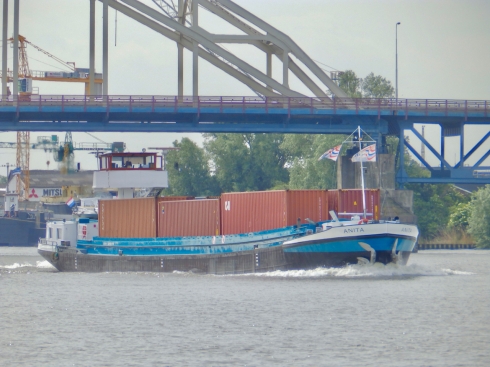
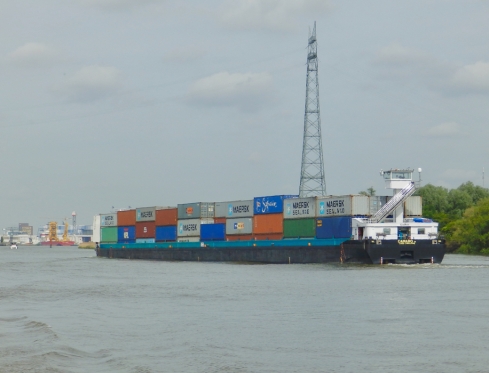
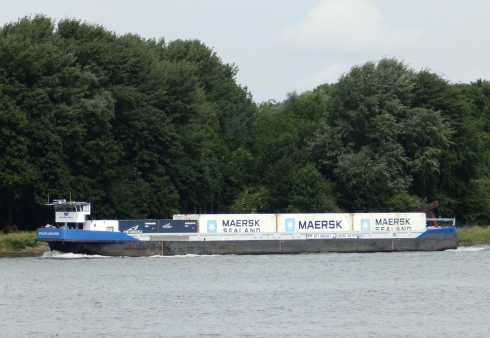
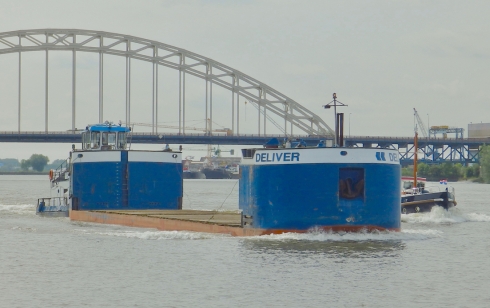
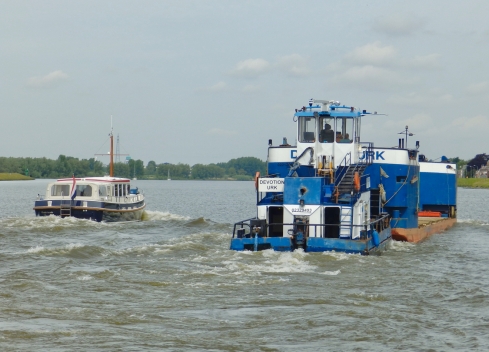
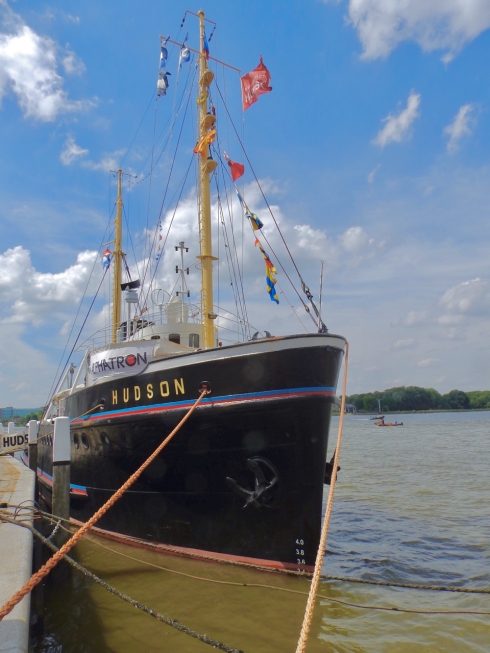
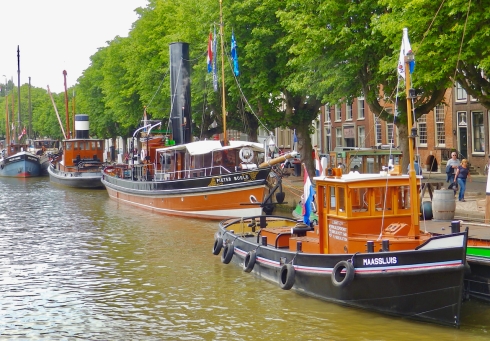
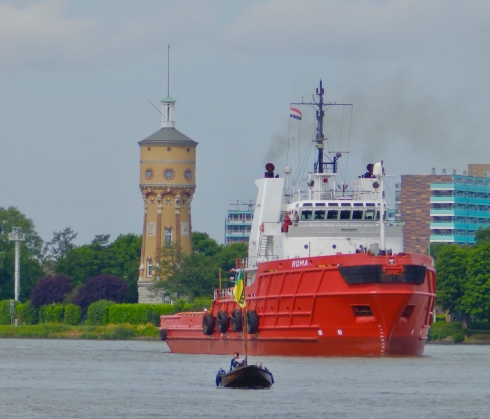
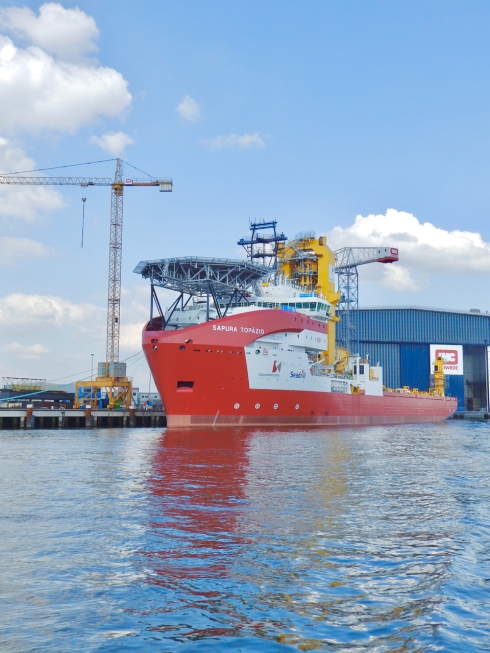
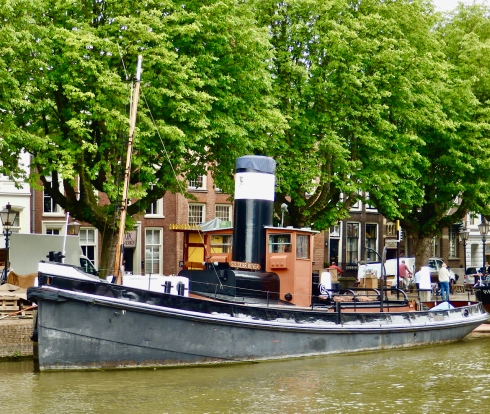
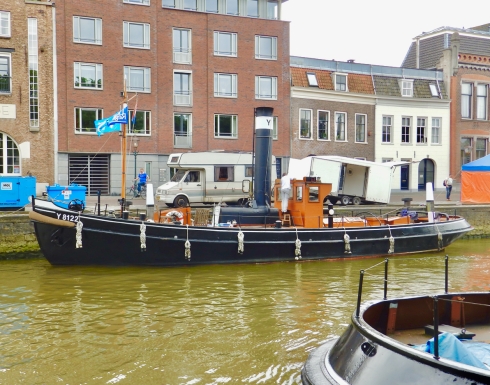
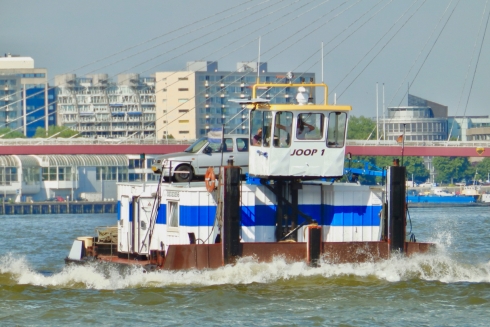

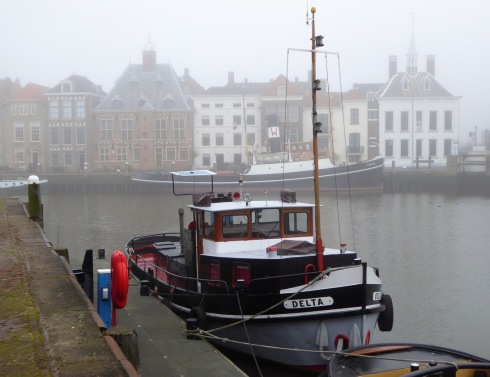


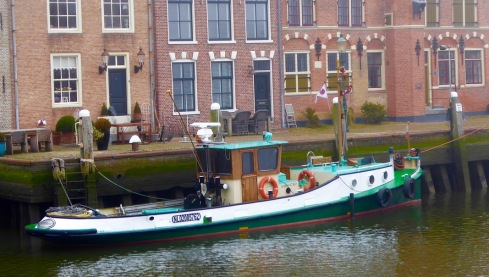

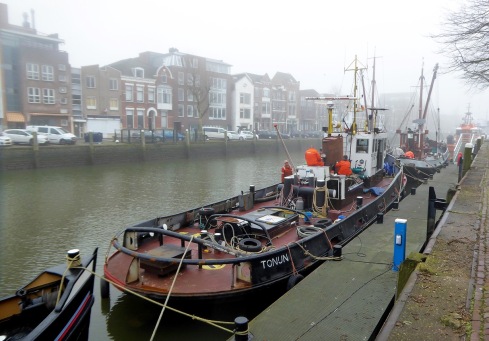

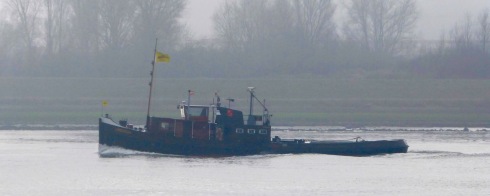
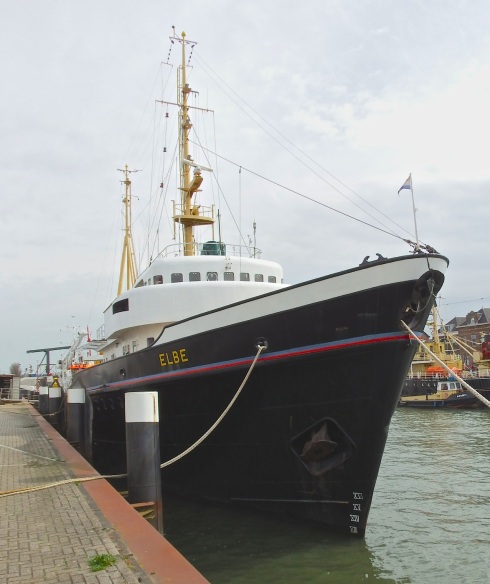
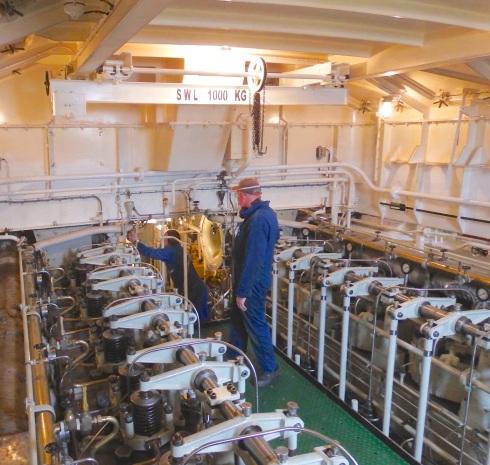

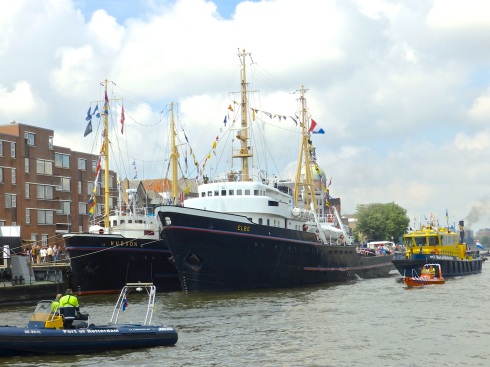


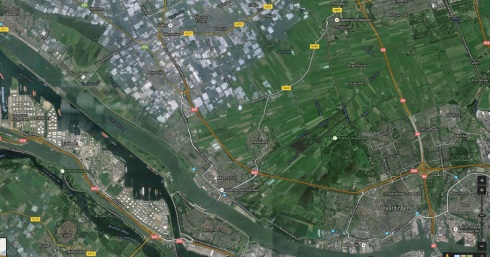
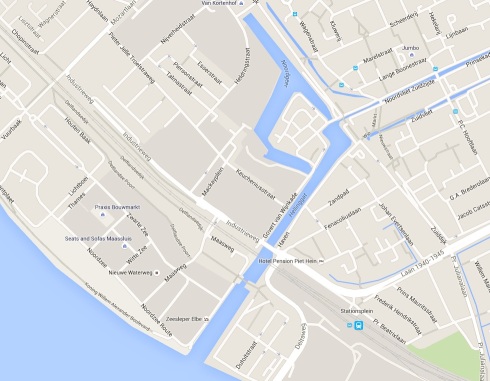
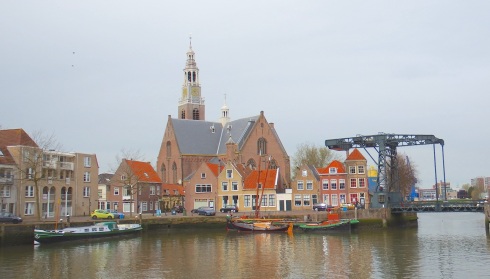
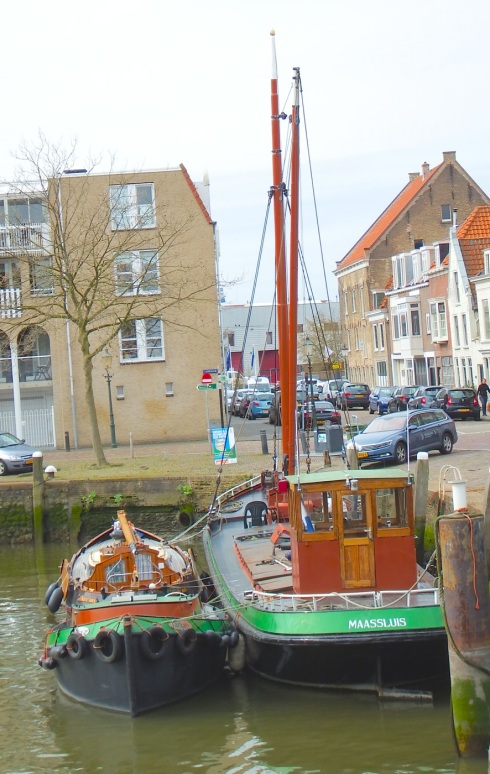
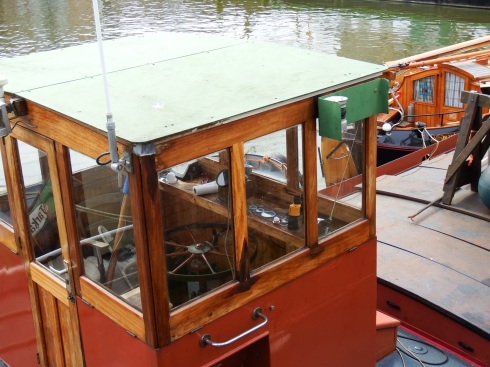

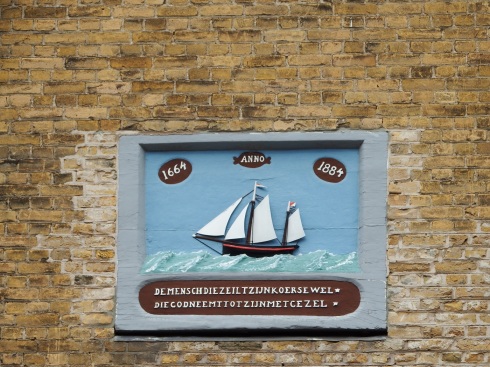

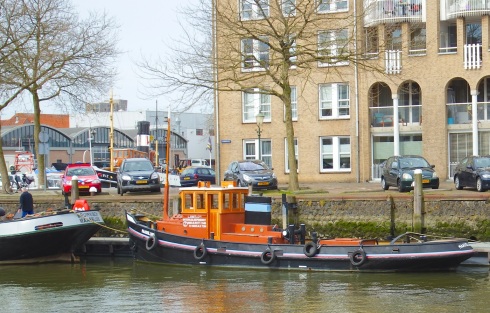
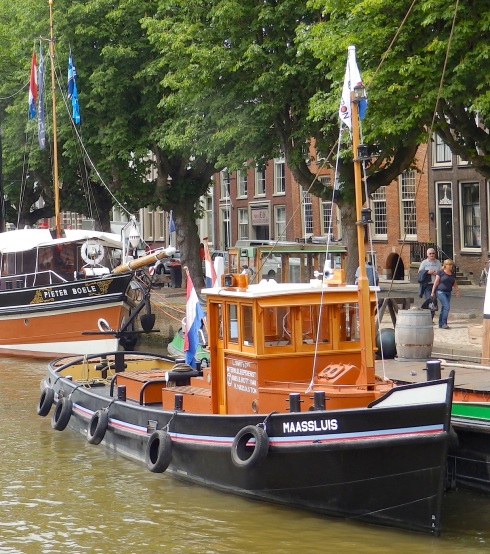


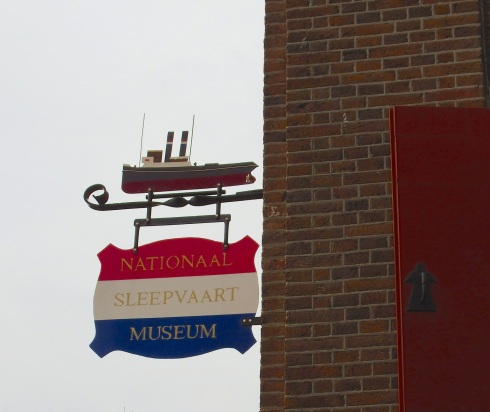

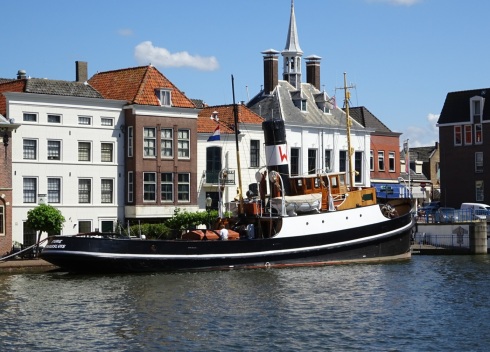
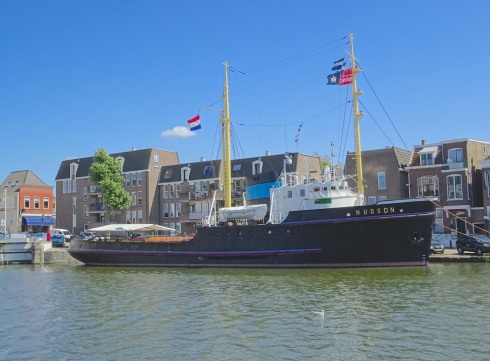
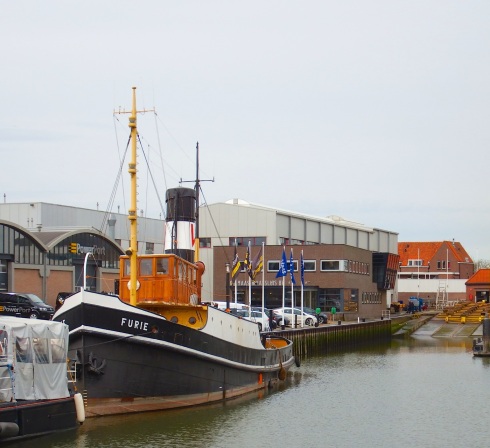
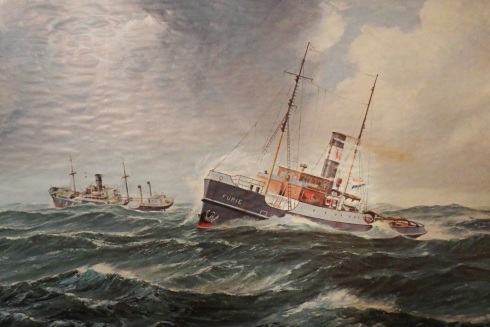

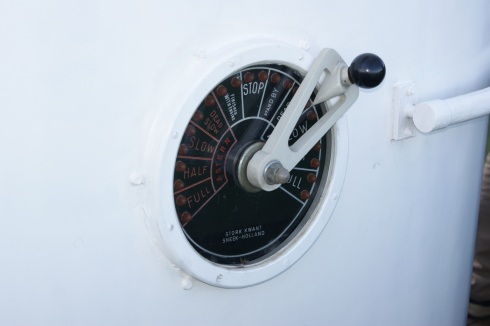
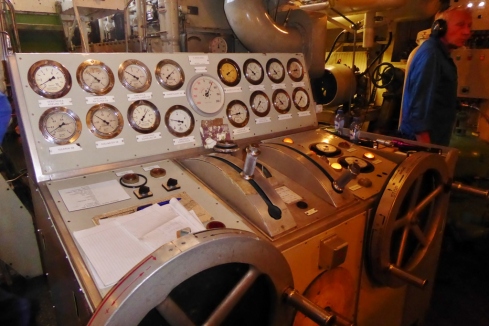
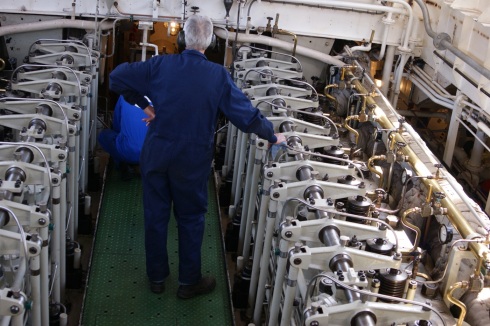
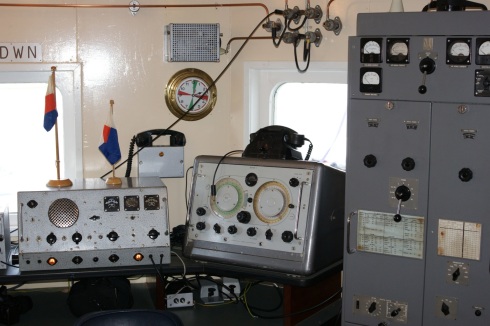

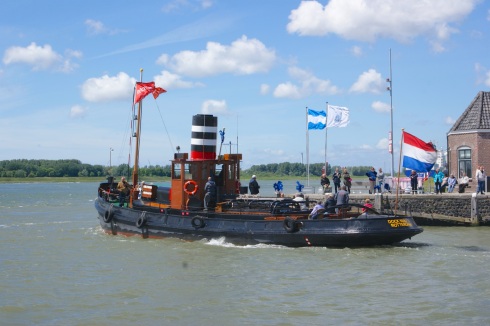
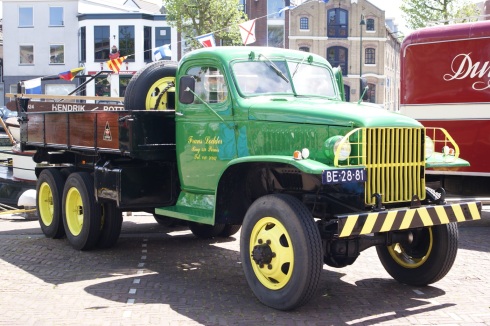


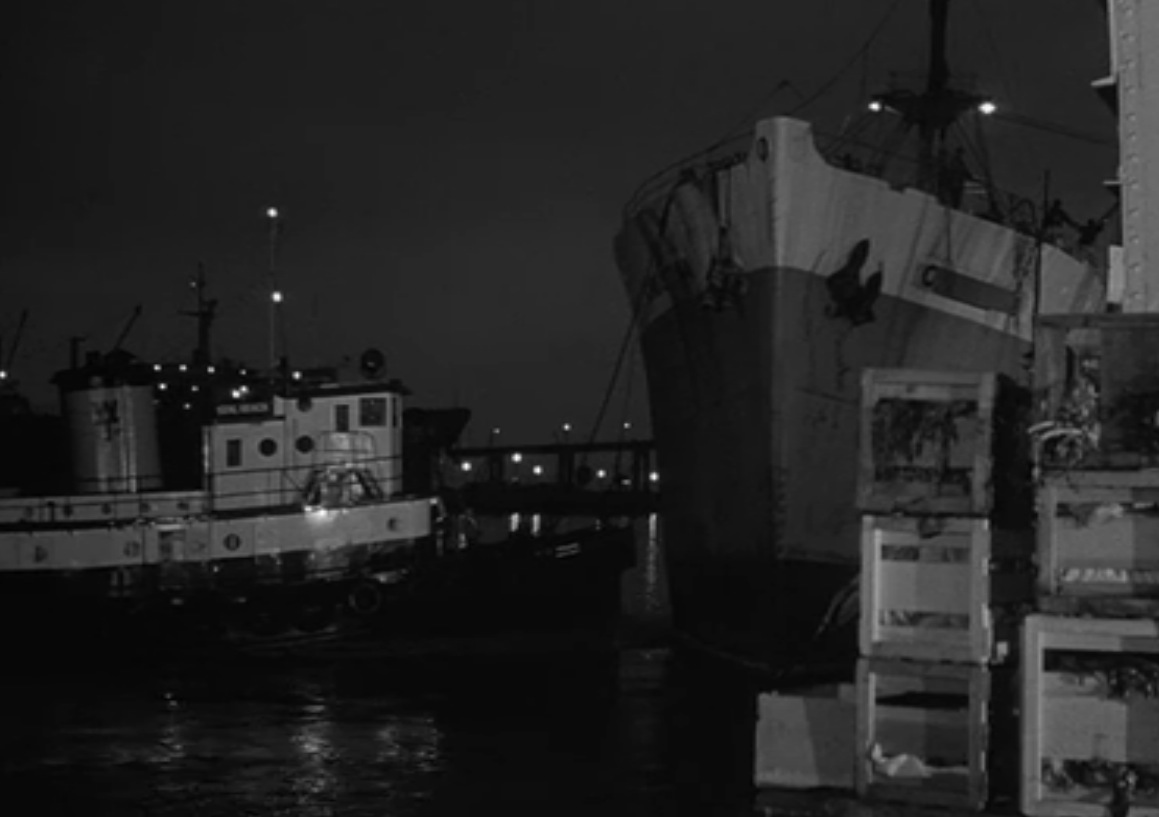


Recent Comments